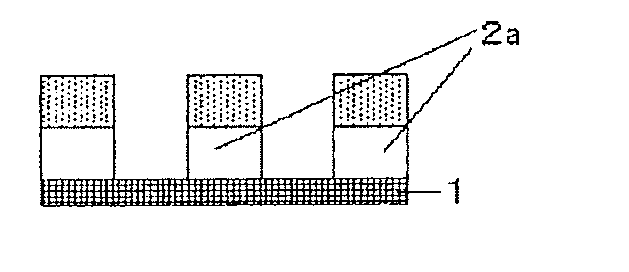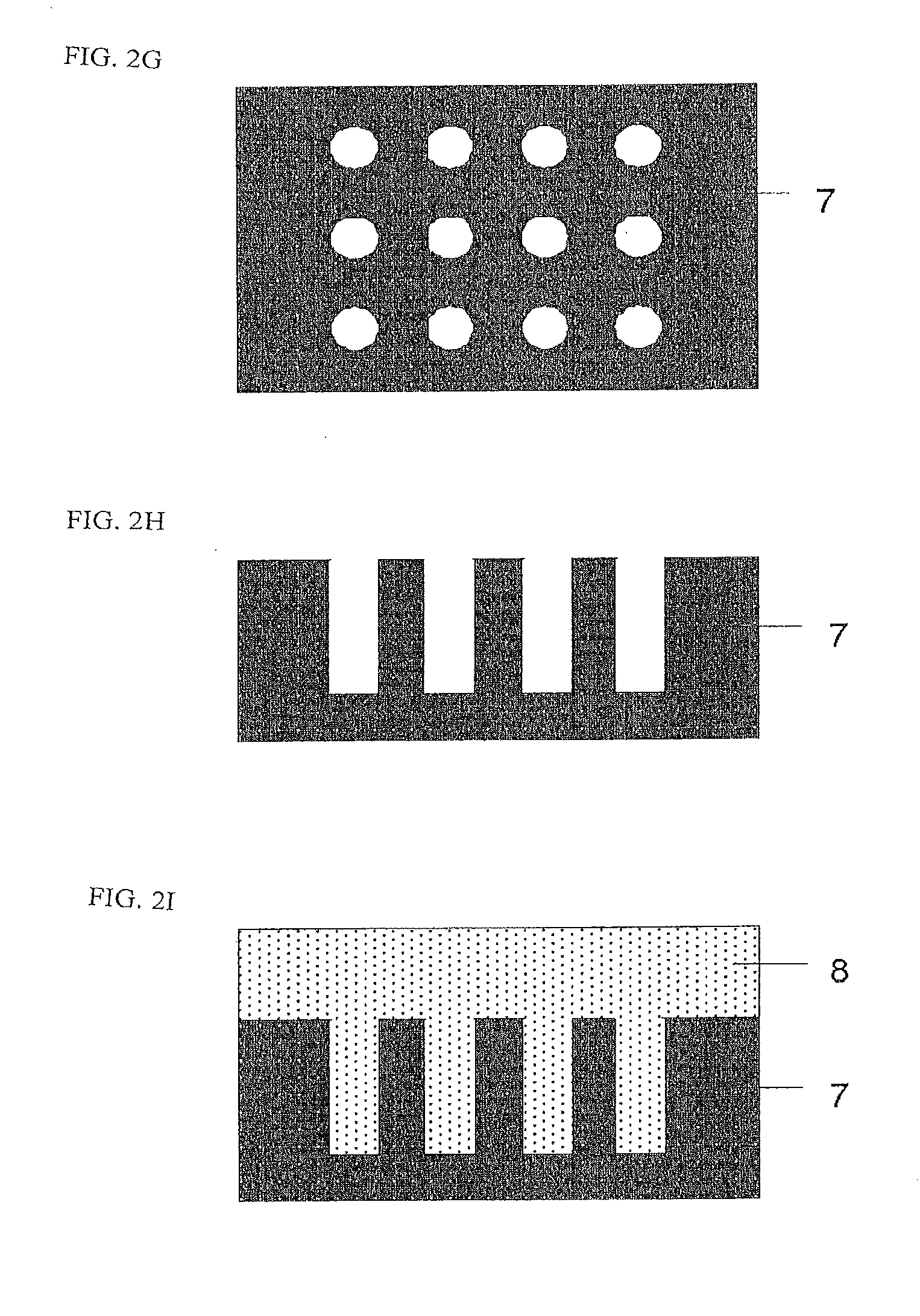Compound for forming organic film, and organic film composition using the same, process for forming organic film, and patterning process
a technology of organic film and composition, applied in the direction of dyeing process, photomechanical apparatus, instruments, etc., can solve the problems of resist pattern falling, resist pattern cannot be transferred to the substrate to be processed correctly, and no dry etching method capable of providing absolute etching selectivity, etc., to achieve advanced filling/planarizing characteristics and high dry etching resistance
- Summary
- Abstract
- Description
- Claims
- Application Information
AI Technical Summary
Benefits of technology
Problems solved by technology
Method used
Image
Examples
synthetic example 1
Synthesis of Compound (I)
[0248]
[0249]Under nitrogen atmosphere, in 1 L four-necked flask equipped with a thermometer and a reflux condenser was prepared 300 ml of 0.67 mol / L 1,4-tetramethylenebis(magnesium chloride) / tetrahydrofuran solution. To the solution was added dropwise 230.8 g of a tetrahydrofuran solution containing 25 wt % of 9-fluorenone at an inner temperature of 40° C., and after heating in an oil bath at 60° C. for 3 hours, the reaction was stopped by adding 500 ml of a saturated aqueous ammonium chloride solution. To the mixture were added 400 ml of pure water, 200 ml of tetrahydrofuran and 500 ml of hexane, and the resulting mixture was stirred. At this time, the solution became yellowish white suspension. The suspension was collected by filtration using a Hirsch funnel, the precipitated crystals were washed with pure water until the filtrate became neutral, and then, washed twice with 300 ml of hexane / tetrahydrofuran=4 / 1 (volume ratio). The resulting crystal was vacu...
synthetic example 2
Synthesis of Compound (A1)
[0253]
[0254]Under nitrogen atmosphere, to 300 mL three necked flask equipped with a thermometer and a reflux condenser were added 10.0 g (23.9 mmol) of Compound (I), 6.9 g (47.9 mmol) of 2-naphthol and 60 ml of 1,2-dichloroethane, and the mixture was stirred in an oil bath at 30° C. to prepare a dispersion. To the dispersion was gradually added 3.0 ml of methanesulfonic acid, and the reaction was carried out in an oil bath at 30° C. for 58 hours, and in an oil bath at 50° C. for 24 hours. After cooling to room temperature, 50 g of pure water was added to the mixture, and insoluble composition was separated by filtration using a Hirsch funnel. The filtrate was recovered and washed with 300 ml of ethyl acetate, and transferred to a separating funnel. Separating the liquids and washing with water were carried out until the aqueous layer became neutral, and then, the organic layer was evaporated by an evaporator to obtain yellow crystal. The obtained yellow cry...
synthetic example 3
Synthesis of Compound (II)
[0261]
[0262]Under nitrogen atmosphere, in a 3 L four necked flask equipped with a thermometer and a reflux condenser were weighed 300 g (1734.0 mmol) of 4-bromophenol, 19.8 g (86.9 mmol) of benzyltriethylammonium chloride, 333 g of 25% aqueous sodium hydroxide solution and 1000 ml of tetrahydrofuran, and the mixture was heated in an oil bath at 60° C. To the mixture was added dropwise 176.0 g (81.5 mmol) of 1,4-dibromobutane previously diluted with 100 g of tetrahydrofuran from a dropping funnel over 30 minutes, and the mixture was heated under reflux for 39 hours. The reaction mixture was diluted with 1000 ml of toluene, cooled to room temperature by allowing to stand and transferred to a separating funnel. The aqueous layer was disposed, the organic layer was further washed twice with 500 g of 5% aqueous sodium hydroxide solution, and separation of the liquids and washing with water were repeated until the aqueous layer became neutral. The organic layer w...
PUM
| Property | Measurement | Unit |
|---|---|---|
| temperature | aaaaa | aaaaa |
| temperature | aaaaa | aaaaa |
| height | aaaaa | aaaaa |
Abstract
Description
Claims
Application Information
 Login to View More
Login to View More - R&D
- Intellectual Property
- Life Sciences
- Materials
- Tech Scout
- Unparalleled Data Quality
- Higher Quality Content
- 60% Fewer Hallucinations
Browse by: Latest US Patents, China's latest patents, Technical Efficacy Thesaurus, Application Domain, Technology Topic, Popular Technical Reports.
© 2025 PatSnap. All rights reserved.Legal|Privacy policy|Modern Slavery Act Transparency Statement|Sitemap|About US| Contact US: help@patsnap.com



